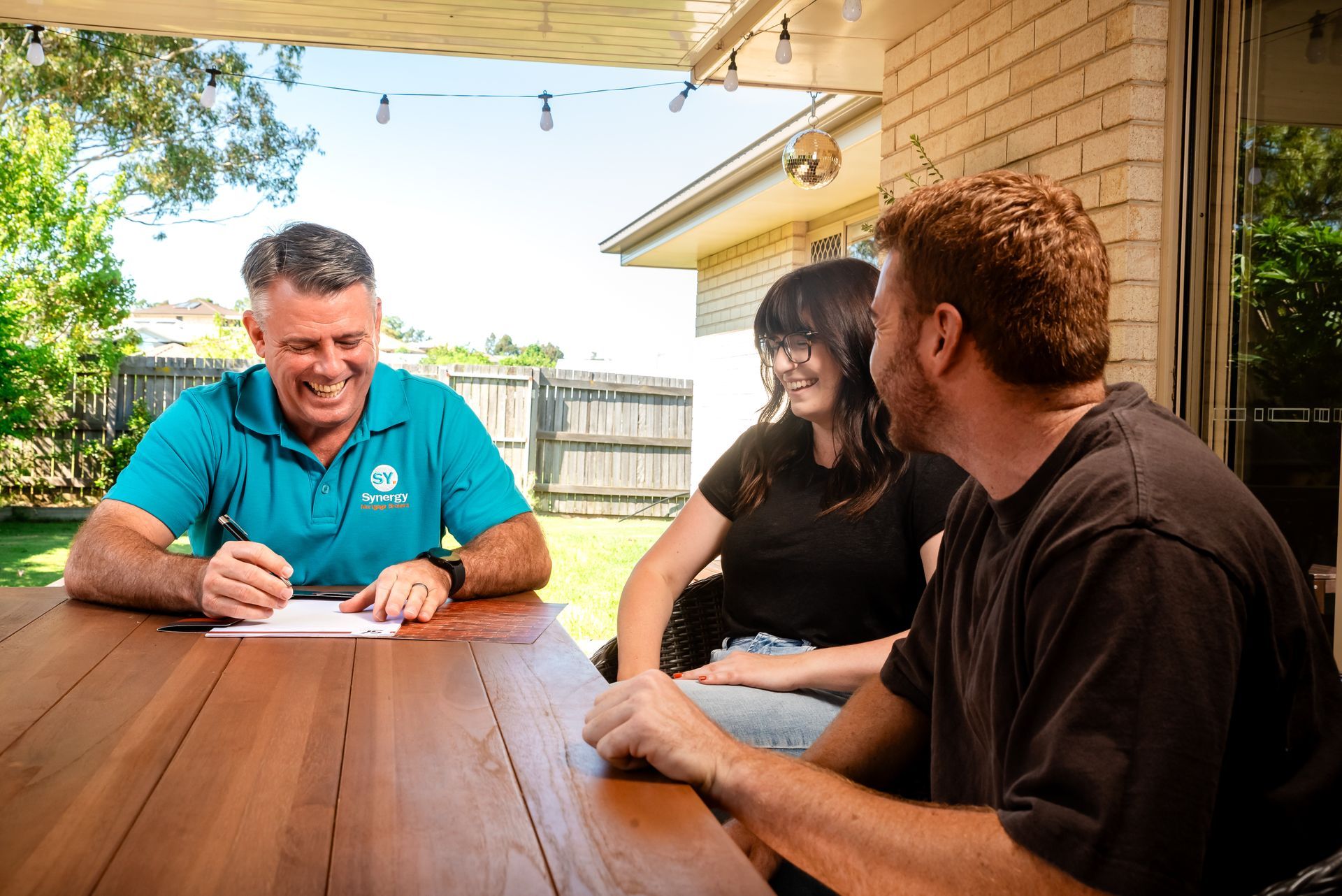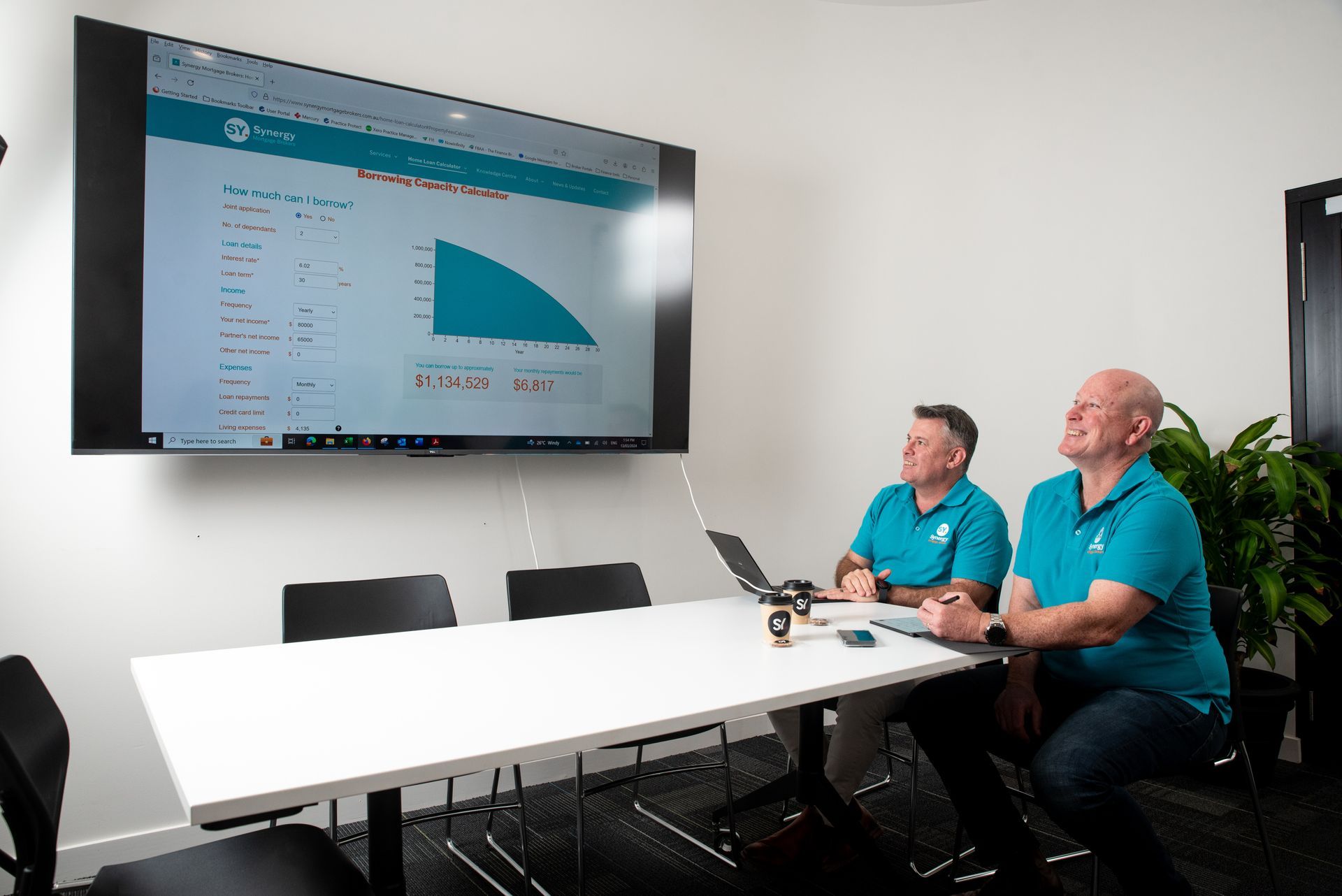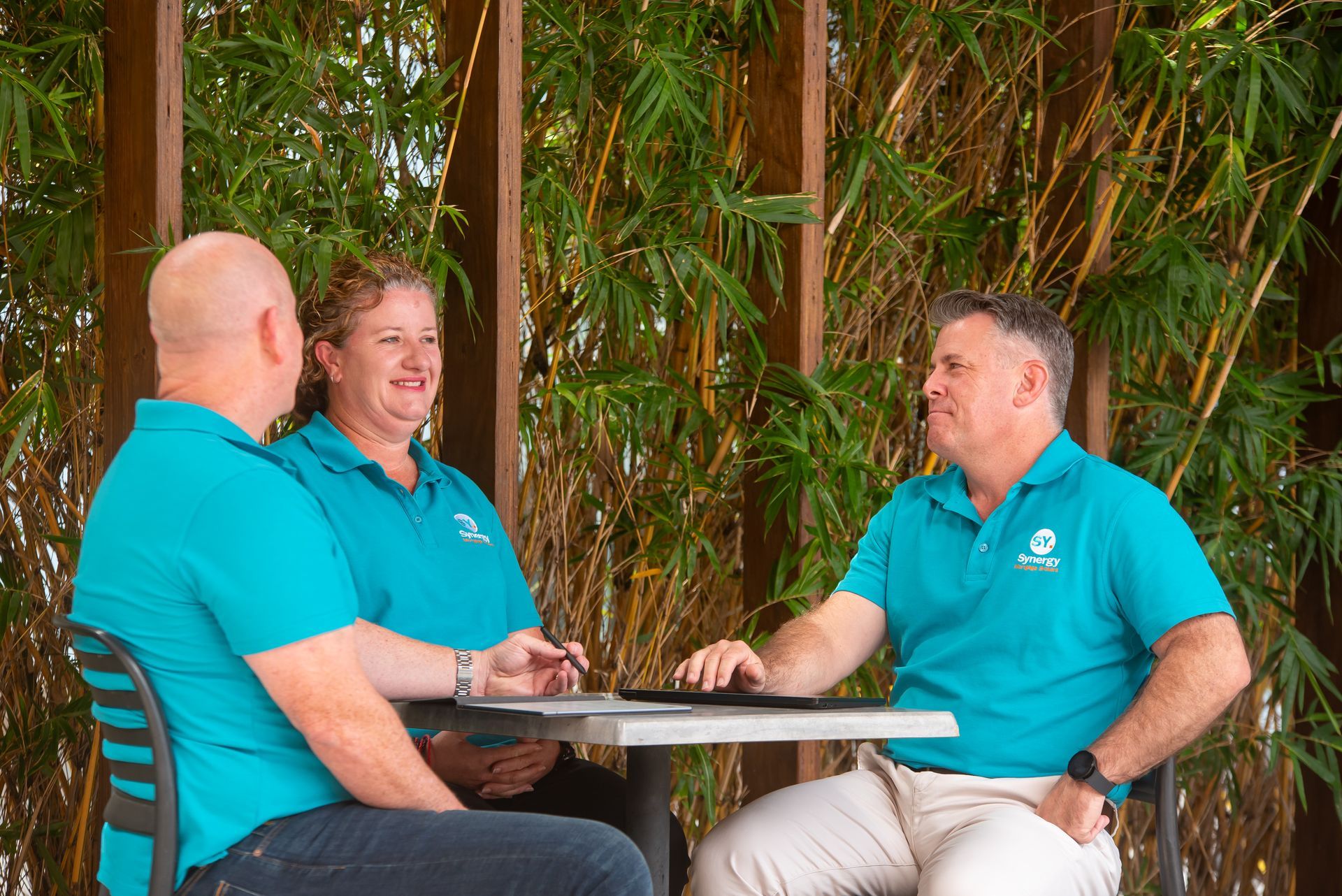Rental yield plays a crucial role in property investment. It's a key indicator of how well a property is performing financially, offering insight into the relationship between its income and value.
Property investors need to know how to calculate rental yield correctly. It's often the difference between an average investment and a profitable one. Rental yield offers a clear view of your property's performance and helps you assess whether it meets your investment goals.
Understanding both gross and net rental yields is important. Gross yield gives a basic overview, while net yield paints a more realistic picture by factoring in expenses. Regular rent reviews and simple property improvements can also enhance returns, making your investment more profitable.
Whether you're an experienced investor or just starting, mastering rental yield calculations is essential for building a strong property portfolio.
What Is Rental Yield and Why It Matters
Rental yield is your property investment's financial heartbeat. This percentage figure shows how your property's income relates to its market value. The metric helps you make smart decisions about buying and managing properties.
Definition of Rental Yield
Your investment property's rental yield measures the gap between costs and rental income received. Higher percentages show better cash flow and returns on investment.
Property investors work with two types of rental yield:
Gross rental yield measures annual rental income against the property's market value. This simple calculation gives a quick view of investment potential without including ongoing expenses.
Net rental yield is more accurate because it includes all expenses of owning an investment property. These expenses include maintenance, insurance, property management fees, and empty periods.
Importance for Property Investors
Rental yield is a vital metric that helps you determine your investment returns. This figure lets you:
Compare different properties in various locations and types objectively. You might find an apartment in one suburb offering 4.3% yield while a house in another area gives 5.5%.
Assess investment viability by learning whether a property might cost too much or too little. Properties with gross rental yields under 4% might be too expensive, while those above 5.5% could be bargains.
Set realistic income expectations by understanding your future returns before buying.
Support rental reviews with evidence-based justification when you need to adjust the rent.
Rental yield tracking helps determine if your investment matches your financial goals. Some investors want high cash flow, while others focus on potential capital growth. Your strategy determines which property metrics matter most.
Types of Rental Yield: Gross vs Net
Understanding the difference between gross and net rental yield is essential to accurately assess an investment property's potential.
What Is Gross Rental Yield?
Gross rental yield shows the return on your property without factoring in any expenses. It is calculated by dividing the property's annual rental income by its current market value and multiplying by 100.
This calculation gives you a quick snapshot of your property's earning potential, but does not account for ongoing costs such as management fees, insurance, or repairs.
What Is Net Rental Yield?
Net rental yield provides a clearer picture of your property's true profitability. It takes into account all expenses related to owning the property, such as:
- Property management fees
- Maintenance and repair costs
- Insurance premiums
- Council rates and body corporate fees (if applicable)
- Vacancy periods
By factoring in these costs, net rental yield offers a more realistic measure of your actual return on investment.
When to Use Each Type
Gross rental yield is typically used during the early stages of property research, helping investors compare multiple opportunities quickly.
Once you have shortlisted potential properties, calculating net rental yield provides a more accurate understanding of your likely returns. Most experienced investors rely on net yield when making final decisions.
Both metrics have their place: gross yield is helpful for initial comparisons, while net yield offers the depth needed for confident investment choices.
How to Calculate Rental Yield Step-by-Step
Calculating rental yield involves simple formulas and accurate data about the property.
Formula for Gross Rental Yield
The gross rental yield calculation uses two numbers: your annual rental income and the property's value. The formula is:
Gross Rental Yield (%) = (Annual Rental Income ÷ Property Value) × 100
Here's how to calculate it:
- Add up your total annual rent (weekly rent × 52 or monthly rent × 12)
- Divide this figure by the property's current market value
- Multiply the result by 100 to convert to a percentage
This calculation gives you a quick way to assess a property's potential performance.
Formula for Net Rental Yield
Net rental yield shows a more realistic picture because it includes all property-related expenses. The formula is:
Net Rental Yield (%) = [(Annual Rental Income - Annual Expenses) ÷ Property Value] × 100
Your net yield calculation needs these steps:
- Calculate your annual rental income
- Subtract all annual property expenses
- Divide this net income by the property's value
- Multiply by 100 to express as a percentage
Remember to include insurance, strata fees, council rates, water rates, property management fees, maintenance costs, and vacancy periods in your expenses.
Example Calculations for Both
Let's see how these calculations work with real numbers:
Gross Yield Example: Kim's property is worth $1,223,192. She receives $61,160 in annual rental income. $61,160 ÷ $1,223,192 × 100 = 5%
Net Yield Example: Kim's annual property expenses add up to $15,290. ($61,160 - $15,290) ÷ $1,223,192 × 100 = 3.75%
Kim's gross yield (5%) and net yield (3.75%) show why net yield gives a more accurate picture of investment returns. This 1.25% difference affects investment decisions a lot, especially when you have multiple properties to compare.
These calculations help you make evidence-based investment choices based on actual returns instead of misleading headline figures.
Common Mistakes When Calculating Rental Yield
Even seasoned investors can make critical errors when calculating rental yield. Avoiding these mistakes can save you from overestimating returns and facing financial shortfalls.
Ignoring Hidden Costs
Most investors damage their calculations by focusing only on gross rental yield without counting all expenses. Yes, it is easy to misinterpret financial data. Your yield calculations can go wrong when you miscalculate costs.
These hidden costs often slip through the cracks:
- Property management fees for tenant screening and rent collection
- Regular maintenance and unexpected repairs
- Insurance premiums (both property and landlord insurance)
- Council rates and strata/body corporate fees
- Marketing costs during tenant changeovers
Using Outdated Property Values
Property values change all the time, which makes your original purchase price irrelevant to current performance metrics. Many investors make the mistake of using the purchase price instead of the current market value.
Outdated valuations can create misleading yield figures that don’t reflect how your property is really performing, often overstating returns on long-held investments.
Tip: Not sure what your property is worth today? We have access to up-to-date property data and can provide property reports and estimated values to help you make informed decisions.
Overlooking Vacancy Periods
Empty properties mean zero income, and this affects your overall rental yield. Many investors forget to factor in these possible vacancy periods, which creates unrealistic expectations.
Smart property managers suggest setting aside money for 2-4 weeks of vacancy per property each year. Without this buffer, your yield calculations become theoretical rather than practical.
You can reduce vacancies with effective marketing strategies, competitive rental rates, and quality amenities that make tenants want to stay. Building good relationships with tenants helps reduce turnover rates and keeps your yield figures stable.
How Synergy Mortgage Brokers Can Help
Calculating rental yield is essential to making smart investment decisions — but it’s only one piece of the puzzle. At Synergy Mortgage Brokers, we’re here to support you through every step of the property investment journey.
With access to a wide panel of lenders and a deep understanding of the property market, we’ll make sure you have the right finance structure in place to maximise your returns.
Ready to get started? Contact our team at Synergy Mortgage Brokers today for expert advice and personalised support.
Subscribe Today!
Stay in the loop - subscribe to our newsletter for the latest trends and insights.
Contact Us Today
We’d love to hear from you. Choose the most convenient method and we’ll get back to you as soon as we can.









